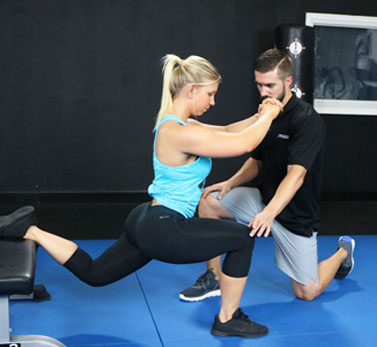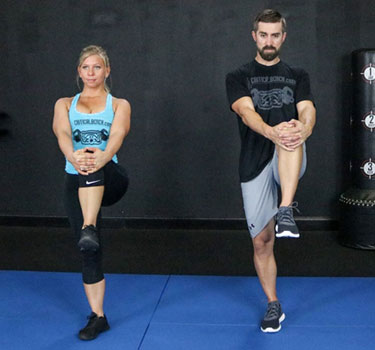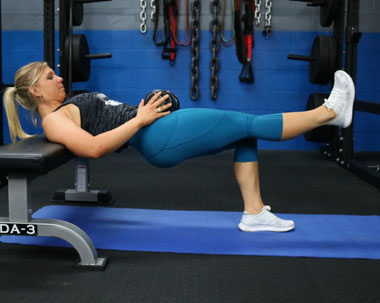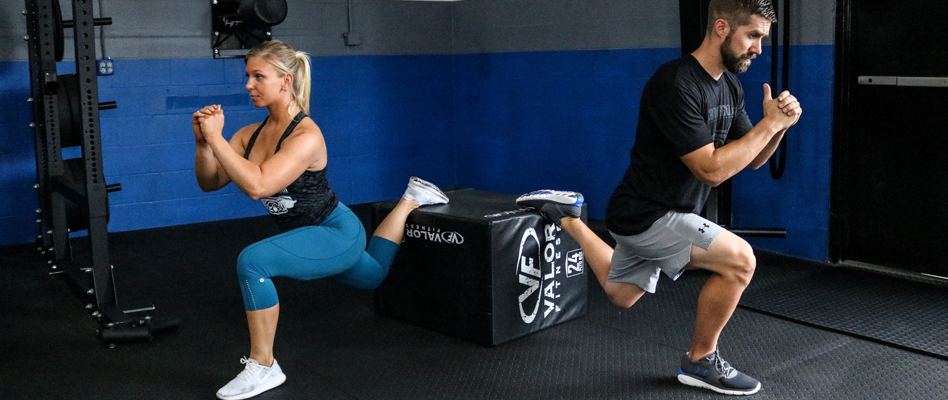Wouldn’t you like to know how to train your body’s LARGEST Muscle for greater shape, power, strength, and long-term health?
This “sleeping giant muscle” is your body’s most powerful muscle, yet it can be very most misunderstood.
As the engine for almost every lower body and back movement you make, they deliver raw strength and power… but only when properly activated.
It’s like you’re sitting behind the wheel of a muscle car. You have all that raw power and strength lying dormant ready for you to unleash… but you don’t know how to get past 30.
When you discover the right way to unlock this muscle, everything changes. You can put the pedal to the metal on your gains.
If you haven’t guessed it yet, I’m talking about your glutes.
Your glutes are the powerhouse of your body. Ignore those who say that round, strong glutes are just for vanity because everything flows from this area. Whether you’re walking, running, climbing, jumping, stepping, sitting or even just standing without moving, your glutes are involved. The stronger your glutes, the more efficient your movement.
Strengthen your glutes, and you will run faster, you will jump higher, you will throw harder. As a Certified Strength & Conditioning Specialist with a Masters Degree in Exercise Science, I’ve dedicated the last 16 years of my career to working at the cutting edge of training and exercise science.
As a Functional Movement Specialist, I know it’s crucial to separate fact from fiction when it comes to training and performance. Step behind the headlines and you get the real story.
I know what works. I’m in the trenches using trial and error and applying proven principles every day working out with athletes, body builders and fitness models and today I want to share my best advice.
Top 3 Tips for Developing Rounder Stronger Glute Muscles
Pro Tip #1: Your Biggest Muscle Gets Its Own Day
 To fully develop your glutes, your training needs to focus on two elements: 1) glute-specific movements and 2) targeting all three muscles, with all three exercise strategies in all three planes of motion.
To fully develop your glutes, your training needs to focus on two elements: 1) glute-specific movements and 2) targeting all three muscles, with all three exercise strategies in all three planes of motion.
Many people think that squats, lunges and deadlifts are glute exercises. They’re not. They’re leg exercises. They can activate the glutes incidentally, but they’re all about the legs.
If you want stronger glutes, why aren’t you doing glute strengthening exercises?
You can see why it’s easy to fall back on big compound moves, but there are 36 GLUTE-SPECIFIC movements to target each part of your butt. Some people – coaches included – may find that intimidating but there’s a simple way around it.
Quite simply, the key is to not train glutes and legs together.
Instead, dedicate at least two sessions per week solely to hit your glutes. Your leg days can fit around that.
It makes sense when you think about it. Glutes are the biggest muscle in your body. They get to have their OWN day.
Pro Tip #2: Include Bodyweight Exercises
 If you have a gym membership that’s great, but if you don’t you can still develop your glutes with bodyweight exercises at home.
If you have a gym membership that’s great, but if you don’t you can still develop your glutes with bodyweight exercises at home.
Study after study proves you can achieve serious growth through bodyweight exercises instead of heaving weights. You really can grow your glutes without setting foot in a gym (although adding resistance can speed up progress).
One study proved bodyweight exercises – hip thrusts – activated a comparable level of lower limb muscles as machine exercises . Another study suggested it was possible to improve muscle power and growth through bodyweight exercise with blood flow restriction. A further study showed muscle growth occurred without the need for resistance at all.
What these studies show are the benefits of incorporating bodyweight exercises without the injury risks associated with lifting weights.
You don’t need very complicated movements and you don’t need to use 25 hard to find machines in your gym.
To optimize the results you want you want to make sure you’re not training a dormant muscle which leads me to your next pro tip.
Pro Tip #3: Wake Up Your Glutes
 The key to unlocking your glutes is its opposing muscle, the hip flexor. You see, sitting tightens the hip flexors preventing the glutes from firing.
The key to unlocking your glutes is its opposing muscle, the hip flexor. You see, sitting tightens the hip flexors preventing the glutes from firing.
To fire your glutes, we use a two-step protocol. It involves: a) dealing with tight hip flexors first and b) then re-activating the glutes.
Restorative stretching lengthens the muscle fiber to return the hip flexors to their original length.
To re-activate the glutes, we turn to a tool of physical therapists use to rehabilitate injured athletes: neuromuscular activation. This technique restores the mind-muscle link between your brain and your glutes, lost when you sit for too long and your glutes “switch off”.
Stretching and muscle activation in that order is the besT way I’ve found to kick your glutes into action from being dormant.
The good news. It only takes an additional three to five minutes of stretches and activation exercises to wake your glutes up before the workout. No matter what your goal is, adding a “Wake Up Protocol” gets you there faster, safer and probably a lot easier.
If you implement some of these tips it should really help you take your glute training to the next level. If you found this article helpful I’d like to give you a bonus tip which shares the very best exercise I use with my clients.
Bonus Pro Tip: The #1 Exercise to Develop a Bigger Rounder, Stronger Butt









